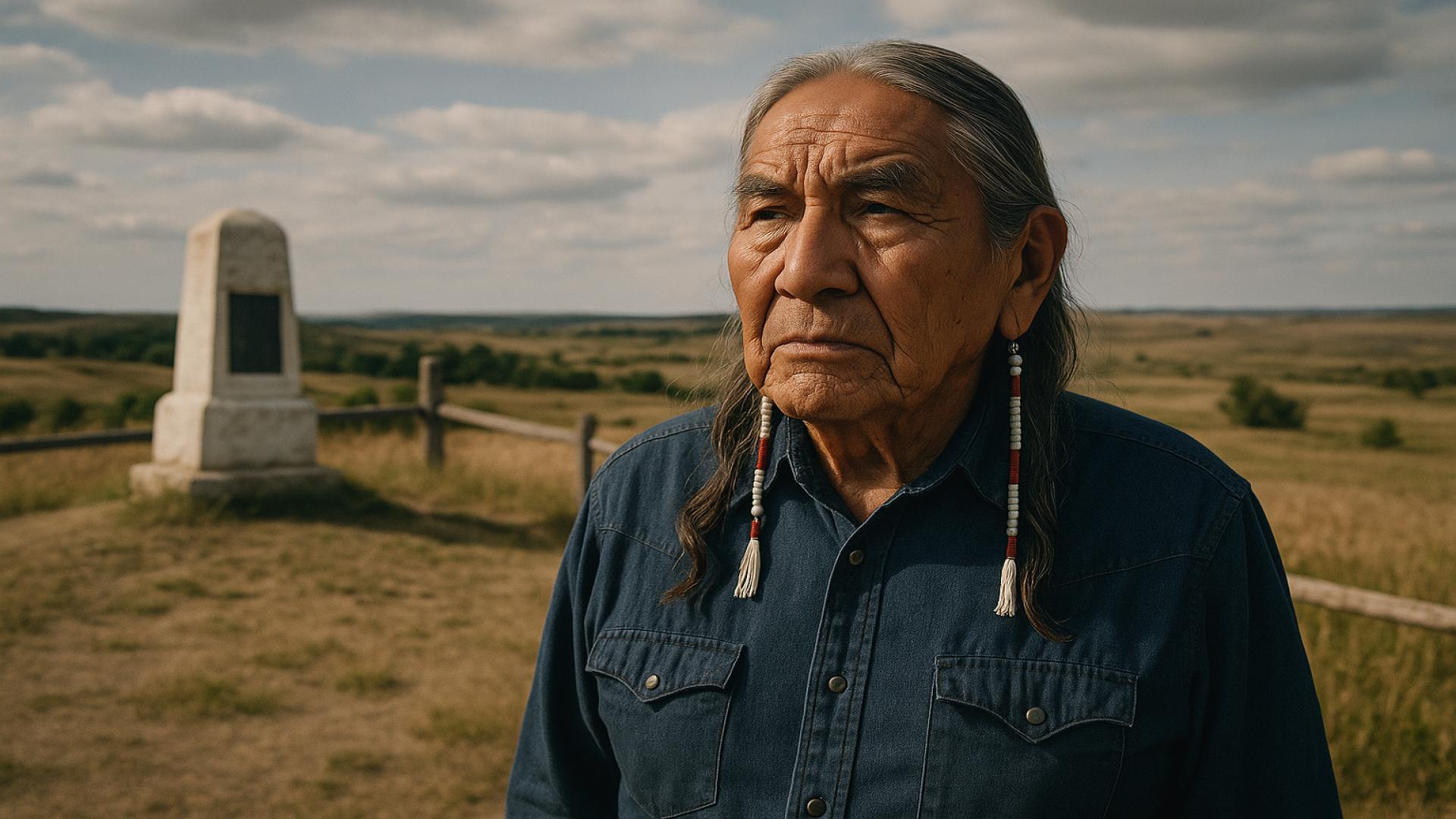2. Rising Tensions with the U.S. Government

As settlers pushed westward, promises made to the Lakota were repeatedly broken. Treaties meant to protect their lands were ignored or altered by the U.S. government, fueling deep mistrust. Policies like forced relocation and ration cuts eroded Native autonomy and disrupted daily life. These betrayals weren’t just political—they threatened survival and cultural traditions. By the late 1800s, tension simmered on the plains, setting the stage for the tragic events soon to unfold at Wounded Knee.














